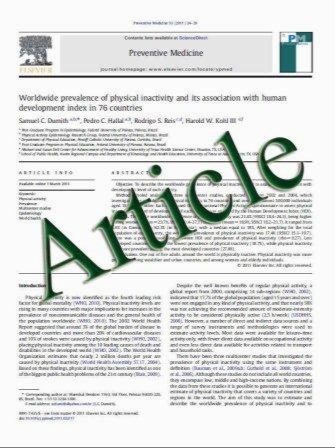Danazol as first-line therapy for aplastic anemia
- نوع فایل : کتاب
- زبان : انگلیسی
- مؤلف : José Carlos Jaime-Pérez & Perla R. Colunga-Pedraza & Cynthia D. Gómez-Ramírez & César H. Gutiérrez-Aguirre & Olga G. Cantú-Rodríguez & Luz C. Tarín-Ar
- چاپ و سال / کشور: 2011
Description
Immunosuppressive therapy (IST) with antithymocyte globulin (ATG) plus cyclosporine A (CsA) is the standard treatment for aplastic anemia (AA) patients not eligible for allogeneic hematopoietic stem cell transplantation (HSCT). In the absence of ATG + CsA, androgens continue to be a treatment option. We documented the clinical evolution of AA patients treated with danazol instead of ATG + CsA. AA patients lacking both, human leukocyte antigen-matched donor and access to IST, were treated with danazol and modern support therapy and compared with those receiving a HSCT. Overall survival (OS), response rates, and death risk odds were calculated. Fifty AA patients were studied. Thirteen received a HSCT and 37 danazol and support therapy. Median daily dose of danazol was 400 mg (300 to 600 mg), administered during a median of 12 months. Fiveyear OS was higher for patients receiving HSCT (92%) compared to the danazol group (41%) (P=0.001). Overall response rate was 46% (17/37) in the danazol-treated group and the median time to initial response was 3 months (1–27). Tendency to achieve remission was similar among severity groups (P=0.094). The only adverse side effect recorded on the danazol group was an episode of gastrointestinal bleeding. No patient treated with danazol suffered clonal evolution of his/her disease. Although ATG plus CsA is the therapy of choice for AA patients without a donor when neither HSCT nor IST is available, danazol remains an acceptable therapeutic option for AA patients.
Ann Hematol (2011) 90:523–527 DOI 10.1007/s00277-011-1163-x Received: 23 September 2010 / Accepted: 17 January 2011 / Published online: 29 January 2011


